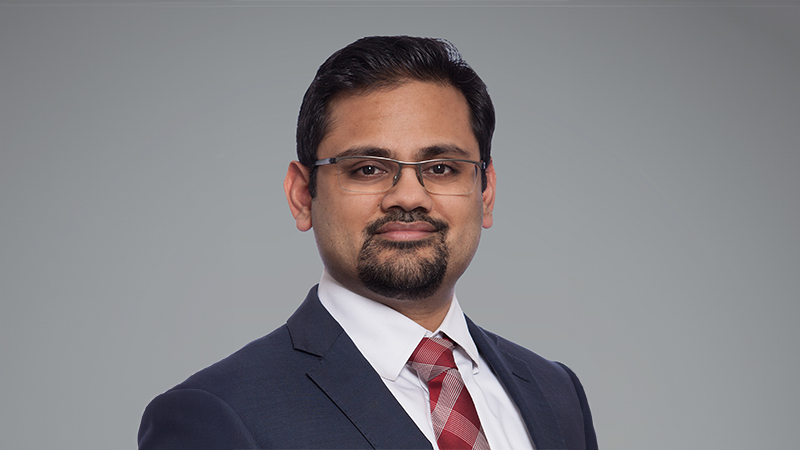According to the latest edition of its Annual Default Study, the high yield default rate has continued at levels below 2% in both Europe and the US over the last 12 months, continuing a theme present for the last few years.
The overriding conclusion of the last few reports, Deutsche Bank has been that because “the artificial demand for fixed income that has been building for nearly 20 years and has intensified in the post-GFC QE/ZIRP fuelled world” has been the main driver of these low rates, the ultra-low default environment could continue until the fixed income market loses “its artificial sheen”.
However, the bank explains, the problem with this analysis is that this could take several years to normalise, and while these abnormal conditions might prevent defaults from hitting previous peaks, there is no guarantee it will it stop any kind of default cycle, albeit a shallower one.
Indeed, the bank says, if one factors in the impact of the yield curve: ”Our model shows rising but still below average default rates well into 2017.
It adds: “there are warning signs ahead. The YC has been flattening steadily in the US and is now broadly in the middle of its historical range… A perfect default storm could be created for 2018 if the Fed then compounds this by raising rates in 2015/16. This could create a much flatter YC over the next year if the long-end reacts more to rock bottom European yields, low inflation, a shortage of high quality assets or fears of a Fed policy error. What happens next with the Fed and the curve could create the next default cycle in 2017/18.”
There is, however, a more insidious problem with both the analysis and the loose monetary policy that is its subject – hope. This time it is different is a phrase well known to investment markets but one that is invariably proved false. And, while it is indeed the case that defaults could well remain low for much longer than expected, but they will eventually begin to rise, along with interest rates.
Indeed, as Kevin Gardiner, global investment strategist at Rothschild puts it in his latest investment viewpoint: “Bonds have become more expensive again as the ECB’s buying has intensified the hunt for yield. They may stay dear for a while yet, and we think it is unduly alarmist to call the fixed income market a “bubble”. Nonetheless, on a long-term view we suspect that many bonds no longer offer risk-free returns, but return-free risks.”
Pregnant with risk
Psigma CIO, Tom Beckett takes this one step further, highlighting what he sees as the growing risks being faced by cautious investors that continue to pour money into bonds on the increasingly outmoded reasoning that they are low risk.
“If your view is that bond yields are going to remain at ludicrously low levels (or even fall further) then your existing Cautious portfolio will be fine. If interest rates continue to be held at zero, quantitative easing (QE) is to remain en vogue and inflation forever becalmed, then a mix of low-yielding, long duration bonds and a smattering of high-quality equities and commercial property will do just fine.”
But, he says: “if you have any doubts about that depressing outcome or feel, as we do, that the chances are that the world will gradually recover, interest rates will rise from the rockiest bottom and inflation will pick up.” And, under this scenario, traditional cautious portfolios are “pregnant with risk”.
Where to hide?
For some, like Richard Stammers, investment strategist at European Wealth, cash plus funds are the only places to hide for the truly cautious investor.
As he told Portfolio Adviser recently, the returns on bonds are akin to “running into the motorway to pick up coins” but equally dangerous for those that truly cannot afford to stomach capital loss, being unwittingly pushed up the risk spectrum during the hunt for yield is equally unpalatable.
For Beckett, the answer is a mixture of diversification and innovation.
“Simply holding a mix of quality fixed interest investments, equity income, cash and a smattering of property, will not protect against the pre-eminent investment risks that we fear, namely protecting against downside risks, participating in an ongoing market recovery and bettering inflation in the long term,” he said.
Of course, he says cautious investors should still hold some cash and government bonds, to protect against economic Armageddon, but they also need to review the actual make up of asset allocations.
Equities may well be the right place to be long term if one can stomach the volatility, but “if there is value in equity markets then it is mostly in the disliked cyclical and recovery areas of the markets, where typical Cautious funds would not dare to venture.”
Indeed, he concludes: “it has never been more difficult to be a Cautious investor. In fact, the term ‘Cautious’ is now basically prehistoric, as the ravaging and distorting effects of central bankers have eliminated the return potential of most traditionally cautious investment choices.
“Investors need to refresh their concept of risk in light of the major distortions across global asset markets particularly in fixed interest markets, but also in all traditional lower risk assets.”











